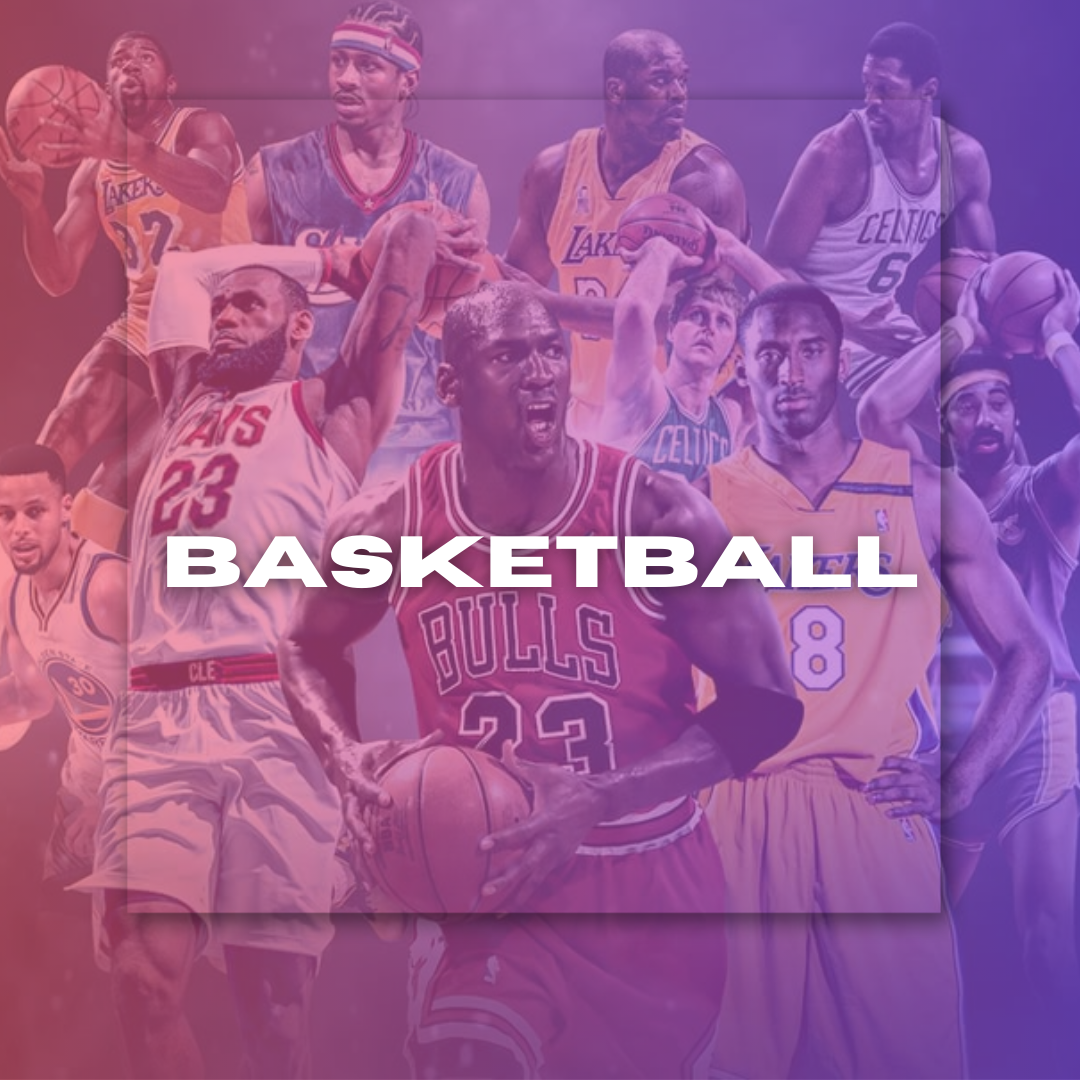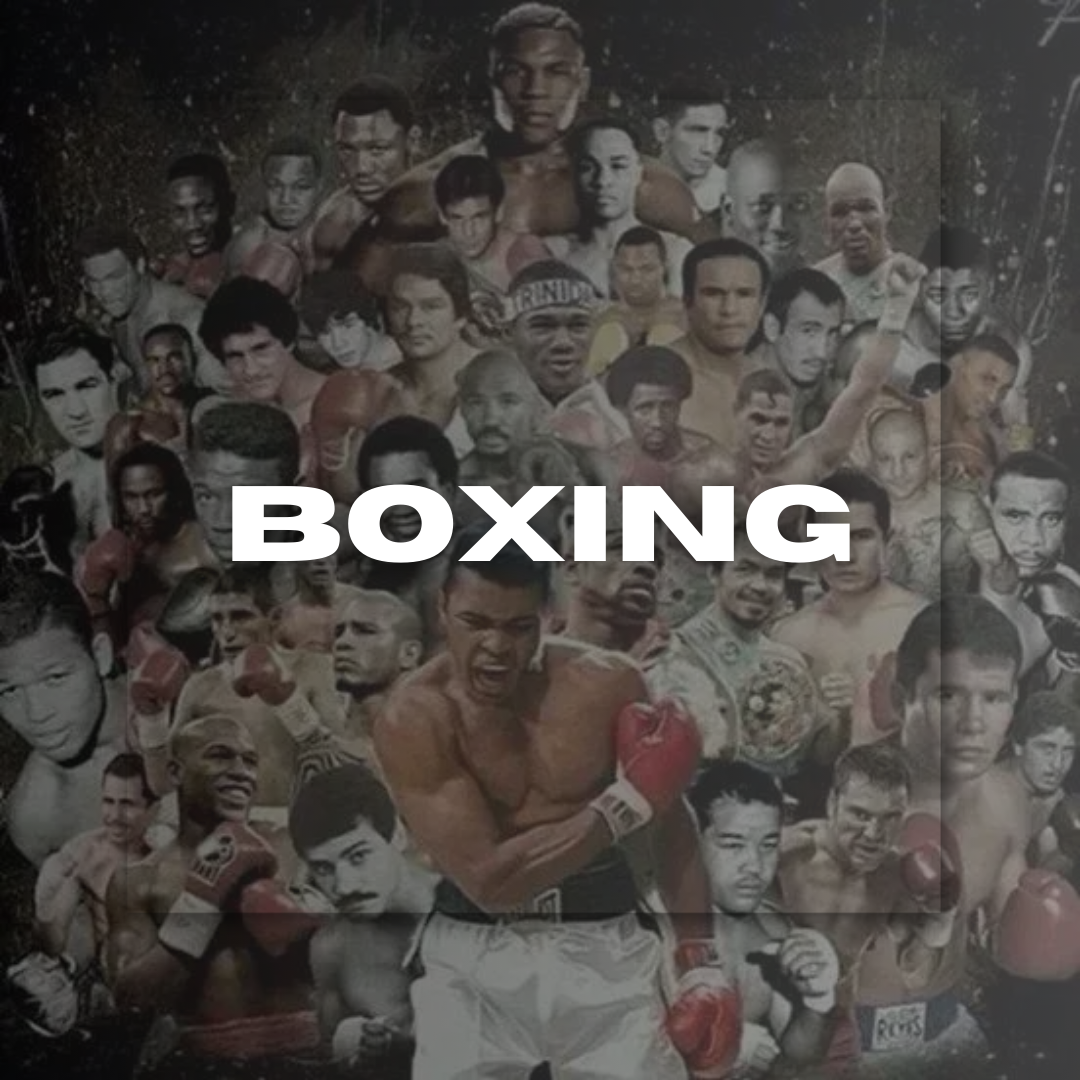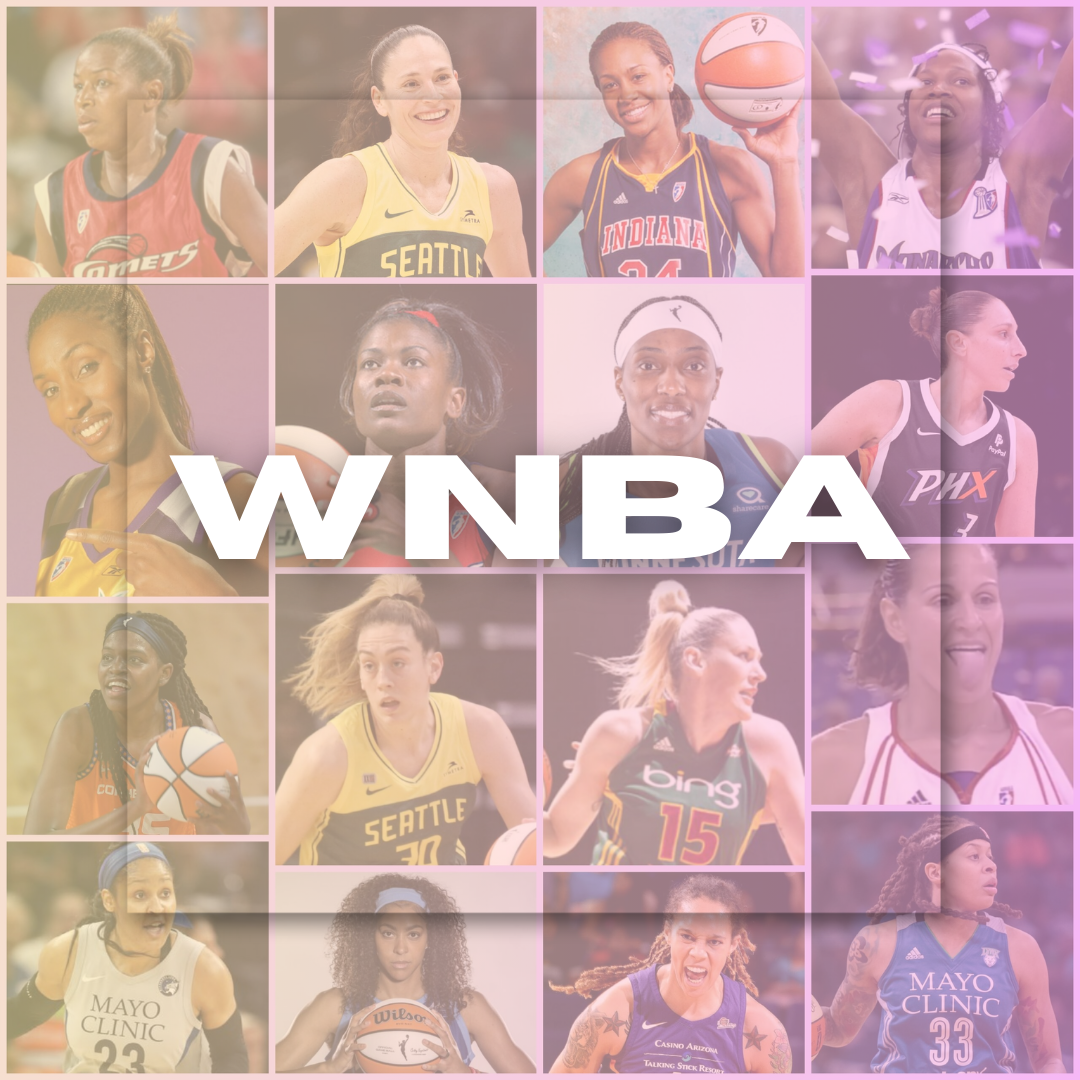
Why WNBA Players Deserve Higher Pay: The Case for Equity in a League on the Rise
By Jason Bolton April 22, 2025 14:57
The WNBA pay debate has reached a fever pitch in 2025, fueled by record-breaking ticket sales, record-breaking viewership, and the celebrity appeal of players like Caitlin Clark and A'ja Wilson. Despite record growth, WNBA players remain woefully underpaid compared to their NBA counterparts—a disparity not just about dollars, but about parity, opportunity, and the future of women's sports.
The Stark Salary Gap
The numbers are staggering. The WNBA's highest player salary in 2025 stands at $249,244, with the average standing at approximately $102,000, and new recruits like Caitlin Clark earning just $76,535 in their debut season. In contrast to this, the NBA rookie minimum is far greater than $1 million, and the average player takes home more than $9 million every year. The top stars of the NBA, like LeBron James, take home up to $50 million annually, not counting endorsements. Even the NBA minimum salary dwarfs the WNBA's supermax, underscoring a gap that's long-existent and as stubborn as ever.
As top-notch sports agent Jeff Schwartz succinctly described, "It's absurd how little women are earning in the WNBA." Schwartz, whose roster includes some of the planet's most recognizable athletes, called the current compensation model "outrageously unjust" and called on league decision-makers to push for change.
Growth, Revenue, and the Case for Investment
The exhausted contention that WNBA compensation is low because the league does not generate enough revenue is no longer a valid contention. The WNBA set all-time attendance and television viewership records in 2024. The league drew an average of 9,807 per game, a 48% increase from last season, and the All-Star Game drew a record 3.4 million viewers, a 305% increase over 2023. Single-season and single-game attendance records were set by Indiana Fever games, and double-digit increases in fan attendance were seen by all of the league's teams.
Sponsorships and media deals are up too. The WNBA will double or even triple its annual media rights revenue in upcoming negotiations, with the potential amount of $180-200 million per year. As league revenues escalate, so should player compensation. "Retrieving 50% of basketball revenue overall would very much raise salaries among players," cited sports economist Rodney McDonald, adding that the NBA collective bargaining agreement gives players an equal share of league revenue—something the WNBA is yet to do.
Revenue Sharing: The Real Issue
WNBA players aren’t asking for NBA-level salaries overnight. What they want is a fair share of league revenue. As Las Vegas Aces star Kelsey Plum explained, “We’re not asking to get paid what the men get paid. We’re asking to get paid the same percentage of revenue shared.” In the NBA, players receive about 50% of all basketball-related income. In the WNBA, players receive only incremental growth and a few categories, so they get a much smaller piece of the pie.
Plum also noted that players do not receive a share of the sale of merchandise, such as jerseys sold in team arenas—a revenue stream that is directly influenced by their popularity. "If they sell my jersey at Mandalay Bay, I don't get a dime," Plum said.
The Human Cost
Low compensation has actual implications. Most WNBA players must play overseas in the off-season, endangering injury and burnout, merely to get by. The Brittney Griner experience in Russia highlighted the risks and stresses of pursuing higher wages overseas. With the growth of the league, players ought not have to compromise financial stability and personal safety.
Why Higher Pay Matters
Asking WNBA players to make more money isn't so much about equity—it's about appreciating the players creating all this growth. More money is like better working conditions, plenty of time to rest and heal, and the resources to focus year-round on their craft. It sends the message to young girls everywhere that women's sports are important and should be taken just as seriously as the dollar can afford.

































































